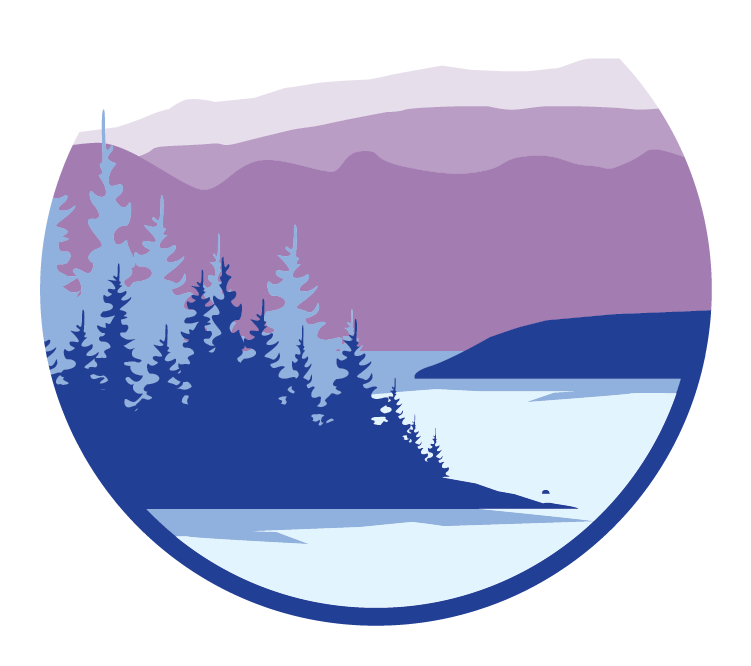Sniffing Out Trouble
This year, approximately 70,000 watercraft have been inspected in Montana for aquatic invasive species (AIS), including quagga, zebra, and golden mussels. Currently, 29 mussel-fouled boats have been intercepted at check stations, including the Ravalli check station 40 miles south of Flathead Lake. These mussels are skilled ecosystem engineers, altering the nature of the water and bottom habitats of the lakes and rivers they invade. These activities ripple out, adversely impacting native plant and animal communities, as well as befouling the structural components of irrigation intakes, water treatment systems, hydropower plants, and more. If these mussels ever reach our Basin, the ecological and economic damage to our waters, wildlife, and infrastructure would be devastating and irreversible.
But three special Labradors – Ismay, Dora, and Gigi – are hard at work protecting the Flathead from this threat. They are AIS-detection canines trained to detect the scent of quagga and zebra mussels. With an olfactory system much more complex than that of humans (dogs have 40 times more scent receptors and a significantly larger portion of their brain dedicated to processing scent), detecting the world through smell is essentially their dog superpower. And their super-sensitive noses can detect all life stages of the invasive mussels, including the microscopic veliger (or larval stage), which is invisible to the human eye.
Deb Tirmenstein, their handler at Montana Black Dog Services, notes their ability to distinguish between scents is so keen that the dogs can differentiate between invasive quagga/zebra mussels and our native mollusks. Golden mussels, a relatively new threat confirmed in California in 2024, belong to a different family, and dogs will likely need to learn their unique scent. Deb says scent training for the dogs is relatively quick, with the more challenging work being learning to ignore check station distractions such as people, traffic, other dogs wanting to play, or a car with five cats!
During the boating season, Ismay, Dora, and Gigi are busy conducting shoreline surveys, watercraft inspections at regional check stations, and education programs, such as the Flathead Lakers’ annual Mussel Walk. In July, they alerted on a kayak destined for Glacier National Park’s pristine waters – proof that their work is making a difference.
Keeping invasive mussels out of the Flathead Basin is a community effort. You can help by always following the Clean, Drain, Dry rule, stopping at every inspection station, and reminding visiting friends and family to do the same. Watercraft (motorized and non-motorized – including kayaks, SUPs, and inflatables) and water-based equipment (including boat trailers) must go through inspection stations. These stations are not only a major line of defense in stopping the spread of aquatic invasive species, but they are also mandatory in Montana, with penalties for dismissing them. (Visit https://fwp.mt.gov/conservation/aquatic-invasive-species for more information.)
You can participate in community conservation efforts such as installing and monitoring an AIS detection device on your dock (available at no cost through the MT FWP AIS Prevention Program). Or support organizations, such as the Flathead Lakers, working to prevent invasive mussels from entering our watershed. But most important of all, remember to pause while enjoying the pristine waters within the Flathead Basin – whether you’re fishing, swimming, irrigating, or strolling along a babbling creek – and remind yourself why you love the Flathead, why it’s so special, and why it’s worth protecting. Together, with the help of our four-legged allies, we can protect the waters we love and keep Flathead Lake pristine for generations to come!

